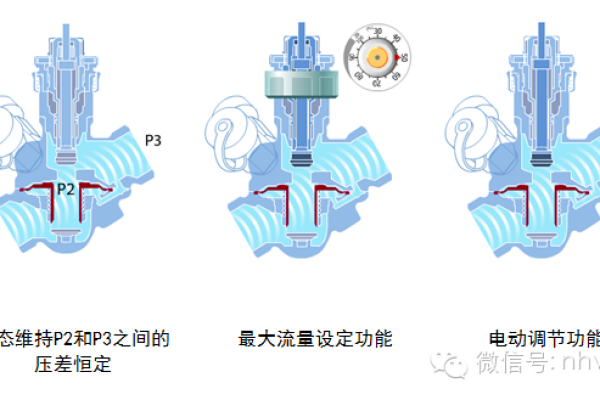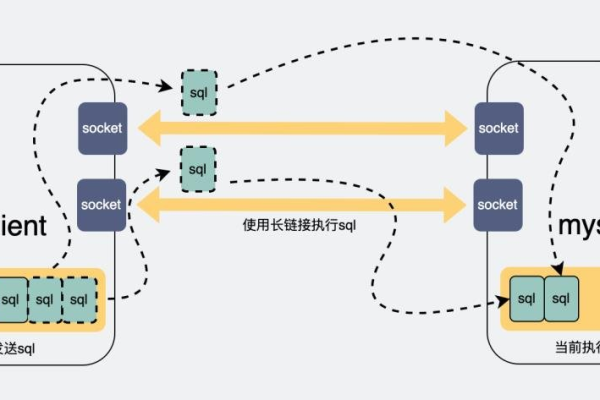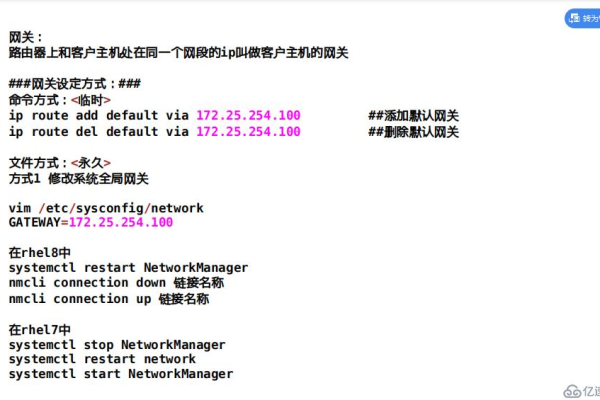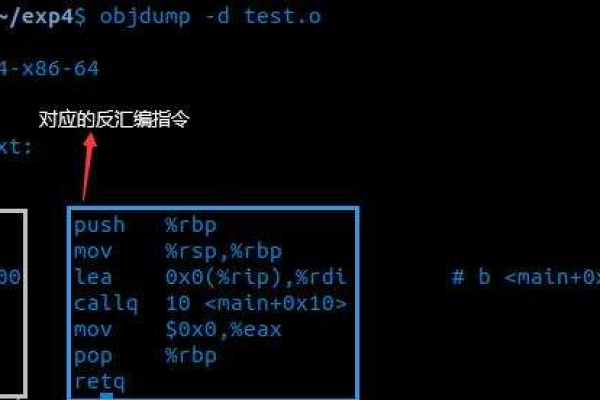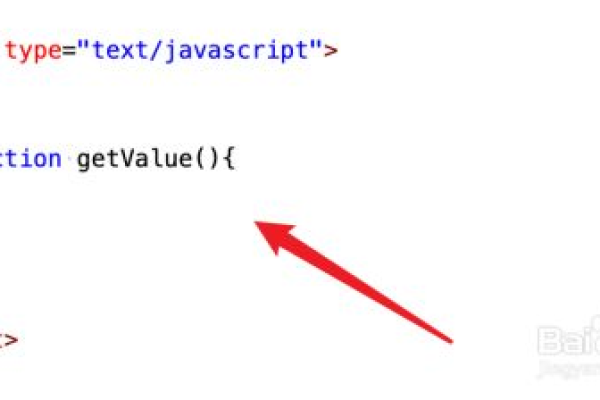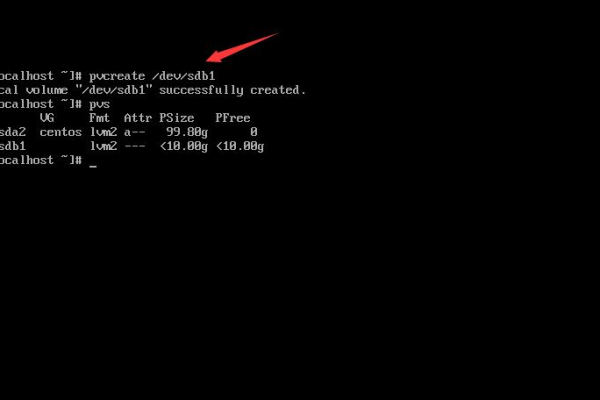python字符串累加功能
- 行业动态
- 2024-03-04
- 2
在Python中,字符串是不可变的,这意味着一旦创建了一个字符串对象,就不能更改它,当我们需要将多个字符串连接在一起时,通常会使用以下几种方法:
1、使用加号(+)进行字符串拼接
2、使用字符串的join()方法
3、使用字符串格式化
4、使用str.format()方法
5、使用fstring(Python 3.6+)
下面我们将详细介绍这些方法。
1. 使用加号(+)进行字符串拼接
这是最简单的字符串拼接方法,只需使用加号(+)将两个或多个字符串连接在一起。
str1 = "Hello" str2 = "World" result = str1 + " " + str2 print(result) # 输出:Hello World
这种方法适用于较短的字符串,但如果需要拼接大量字符串,性能可能会受到影响。
2. 使用字符串的join()方法
join()方法是Python字符串的一个内置方法,可以将一个字符串列表连接在一起。
str_list = ["Hello", "World"] result = " ".join(str_list) print(result) # 输出:Hello World
这种方法的性能比使用加号(+)更好,尤其是在处理大量字符串时。
3. 使用字符串格式化
字符串格式化是一种将变量插入到字符串中的技术,可以使用%操作符和格式字符串来实现。
name = "Alice" age = 25 result = "My name is %s and I am %d years old." % (name, age) print(result) # 输出:My name is Alice and I am 25 years old.
这种方法允许我们在字符串中插入变量,但可读性可能不如其他方法。
4. 使用str.format()方法
str.format()方法是Python 2.6及更高版本中引入的一种新方法,用于替换%格式化。
name = "Alice"
age = 25
result = "My name is {} and I am {} years old.".format(name, age)
print(result) # 输出:My name is Alice and I am 25 years old.
这种方法的可读性较好,而且支持更复杂的格式化选项。
5. 使用fstring(Python 3.6+)
fstring是Python 3.6及更高版本中引入的一种新的字符串格式化方法,可以在字符串字面量中嵌入表达式。
name = "Alice"
age = 25
result = f"My name is {name} and I am {age} years old."
print(result) # 输出:My name is Alice and I am 25 years old.
这种方法的可读性和性能都很好,是目前推荐使用的字符串格式化方法。
根据具体需求和Python版本,可以选择合适的字符串拼接或格式化方法,在大多数情况下,使用join()方法和fstring是较好的选择。
本站发布或转载的文章及图片均来自网络,其原创性以及文中表达的观点和判断不代表本站,有问题联系侵删!
本文链接:http://www.xixizhuji.com/fuzhu/337123.html

